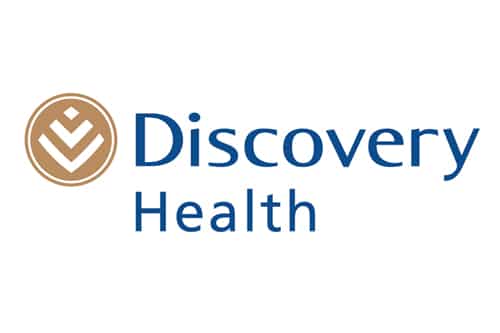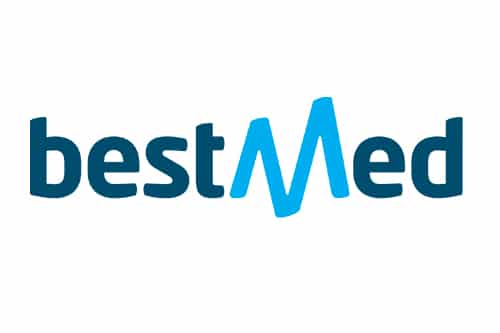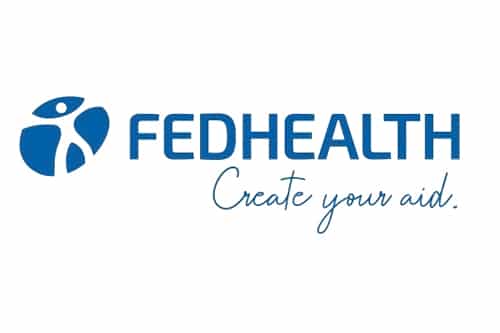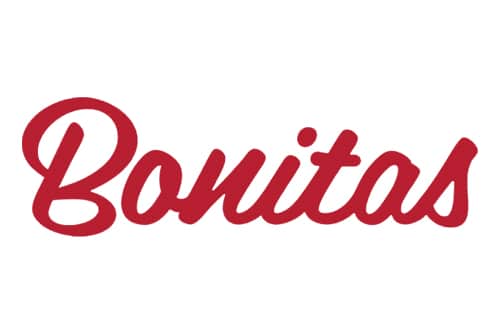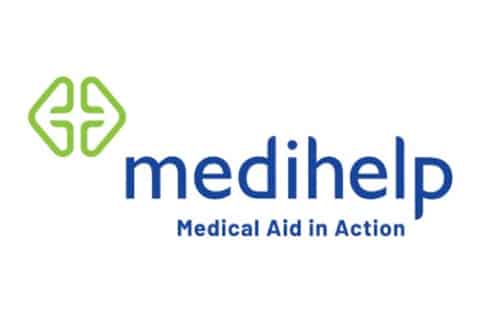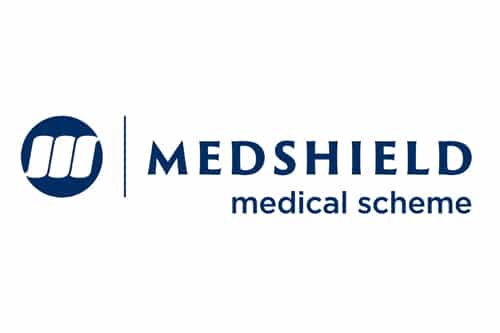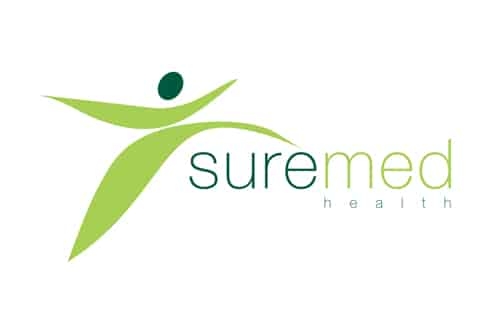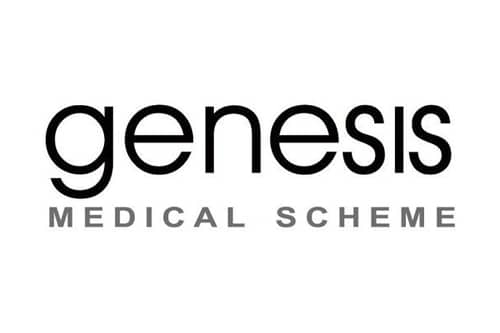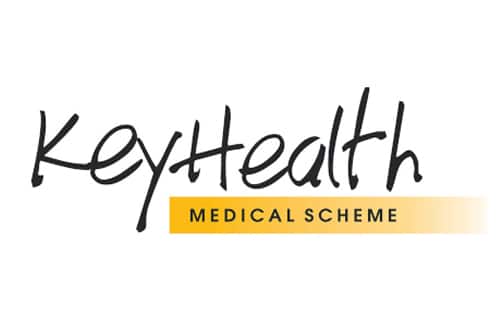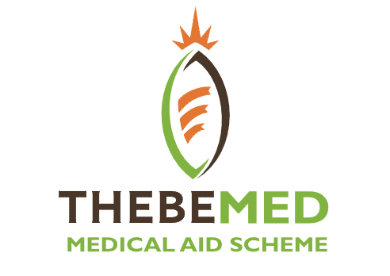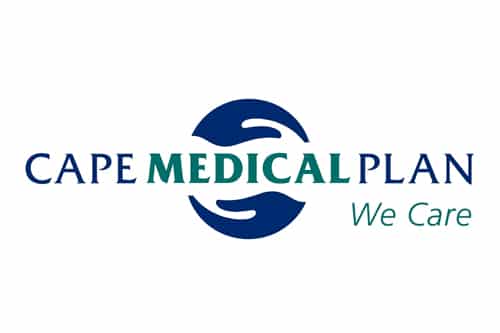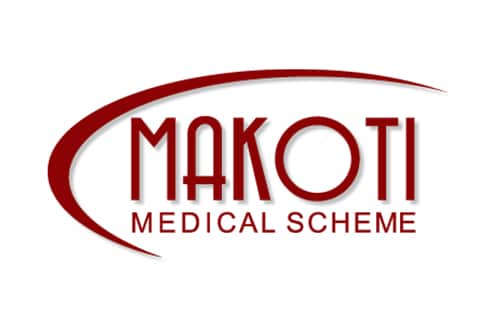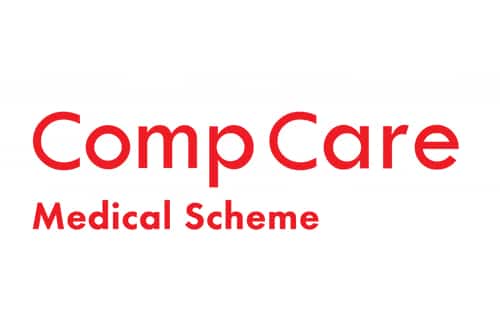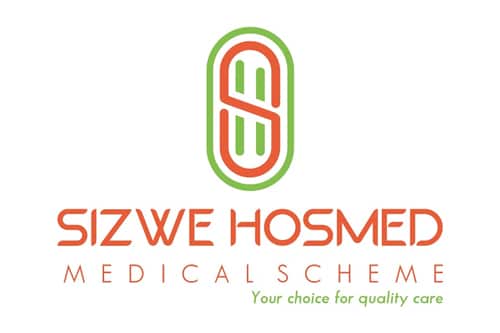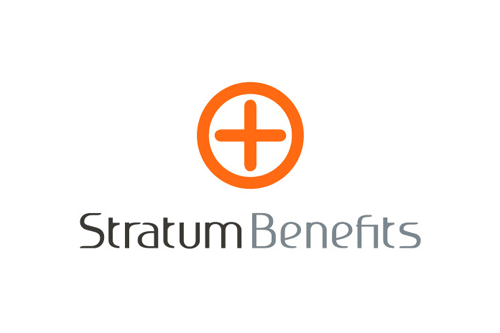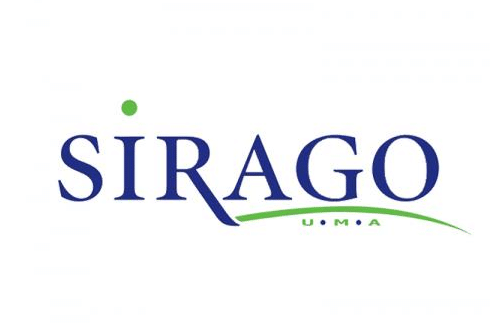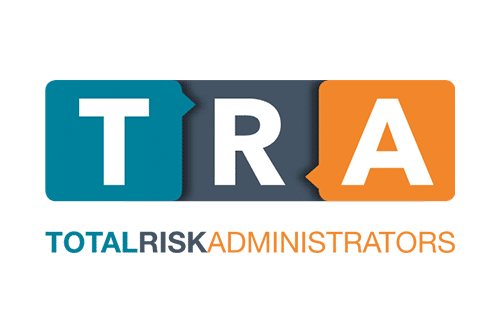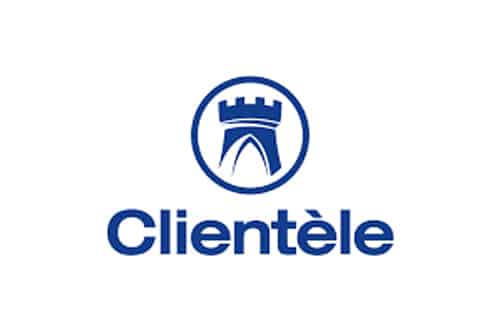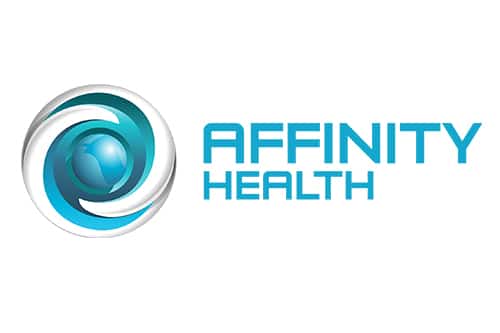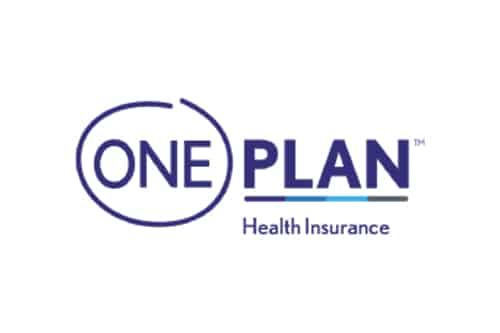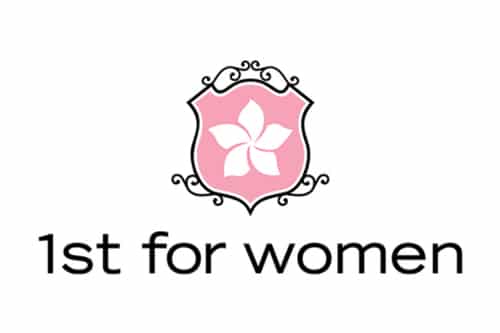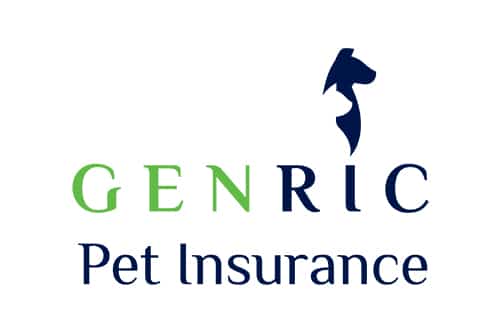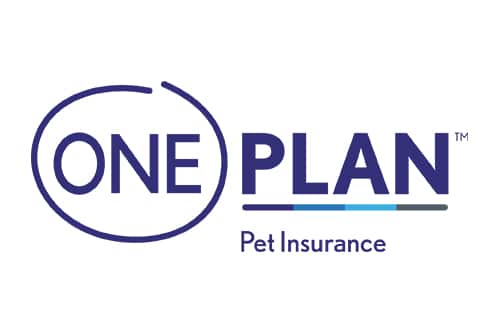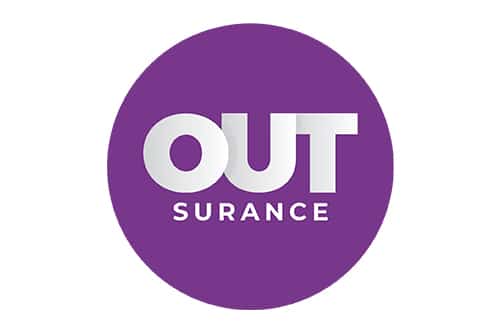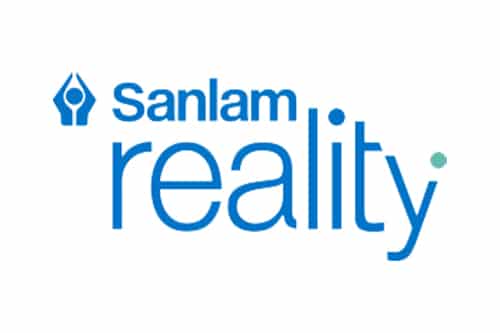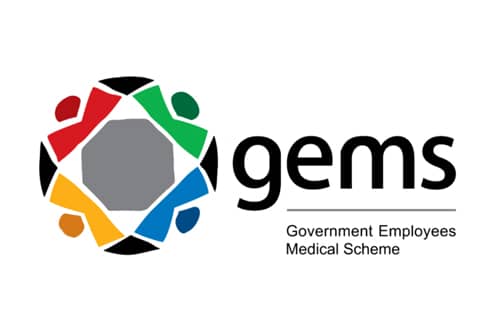
What are day-to-day benefits?
What are day-to-day benefits in South Africa revealed.
We verified what day-to-day benefits are in medical aids and hospital plans.
This is a complete guide what day-to-day benefits is in South Africa.
In this in-depth guide you’ll learn:
- What is the meaning of day-to-day benefits?
- What is the day-to-day extender benefits Discovery?
- What happens when your day-to-day benefits are depleted?
- What can you use day-to-day benefits for?
- Can you use day-to-day benefits for dentist treatments?
- Does day-to-day benefits apply to all medical aid members?
So if you’re ready to go “all in” with day-to-day benefits in South Africa, this guide is for you.
Let’s dive right in…
Overview

👉 When considering joining a medical scheme, you should assess your needs as well as the benefits provided by the scheme. In this article, we’ll look at day-to-day benefits and what you should know about them.
👉 Day-to-day medical benefits cover out-of-hospital medical expenses such as visits to your primary care physician (GP), dentist, or optometrist, as well as medications. Medications for chronic diseases, on the other hand, are usually mentioned as separate benefits.
Understanding out-of-hospital medical expenses
👉 Many people believe that because medical aid cost-sharing is limited, low-income medical aid recipients pay nearly nothing and carry no financial responsibility for their health care.
👉 However, the data demonstrates that the sums that medical aid beneficiaries spend out-of-pocket for medical treatment are already large and expanding at twice the rate of their wages.
👉 Out-of-pocket expenses for members of medical aid schemes have also increased much faster than anticipated.
👉 Medical expenses are the costs of diagnosing, curing, mitigating, treating, or preventing sickness in any part or function of the body.
👉 Payments for legitimate medical services performed by physicians, surgeons, dentists, and other medical practitioners are included in these charges. They include the costs of the necessary equipment, supplies, and diagnostic instruments.
👉 Medical care costs must be incurred largely to treat or prevent a physical or mental disability or condition. They exclude expenses that are simply good for one’s overall health, such as vitamins or a vacation.
👉 Medical expenses include the premiums you pay for insurance that covers the costs of medical care, as well as the costs of transportation to and from medical care.
👉 Medical expenses also include payments for qualified long-term care services and, to a lesser extent, payments for any qualified long-term care insurance policy.
The purpose of out-of-hospital care
👉 Going to the doctor for something as simple as the flu can easily cost thousands of rands, from the consultation fee to the medication and treatment required.
👉 While these charges may not be as substantial as one-time payments like being admitted to ICU after a vehicle accident, they do occur more frequently and can easily add up to significant expenses during the year.
👉 It is your responsibility to determine whether the day-to-day benefits of the choice you have chosen are adequate for your needs.
👉 Consider how much you spent on day-to-day medical expenses this year, and then factor in medical inflation. Overall, you should definitely budget for a seven to eight per cent increase in day-to-day medical expenses.
👉 The National Health Reference Price List for 2005 contains a 32% rise for general practitioners, a 23% increase for anaesthetists, and a 16% increase for gynaecologists.
👉 However, many schemes are increasing their contributions by less than 10% for 2005, which means that contributions to savings accounts will grow by less than 10%.
👉 If your scheme has an overall day-to-day limit or your day-to-day benefits are self-funded, be wary of pricey items that you will have to purchase from this limited sum.
👉 For example, radiology benefits for MRI and CT scans, which might cost thousands of rands, may be included in the daily limit. Another example is the advantages of appliances such as wheelchairs, artificial limbs, and house ventilation.
👉 Similarly, if your scheme has co-payments for certain hospital procedures or you have elected to pay an excess on hospital admissions for elective procedures (non-emergency) in order to keep your contributions lower – and these can be paid from your medical savings account – keep in mind that you and your savings account will need to be relatively healthy to sustain this.
👉 Even if you and your family are in good health, consider how much money you will spend in a year if each member of the family suffers secondary illnesses after the flu and one of you develops complications, such as a lung infection, that necessitates x-rays and visits to a specialist.
Understanding day-to-day care in terms of medical aid benefits
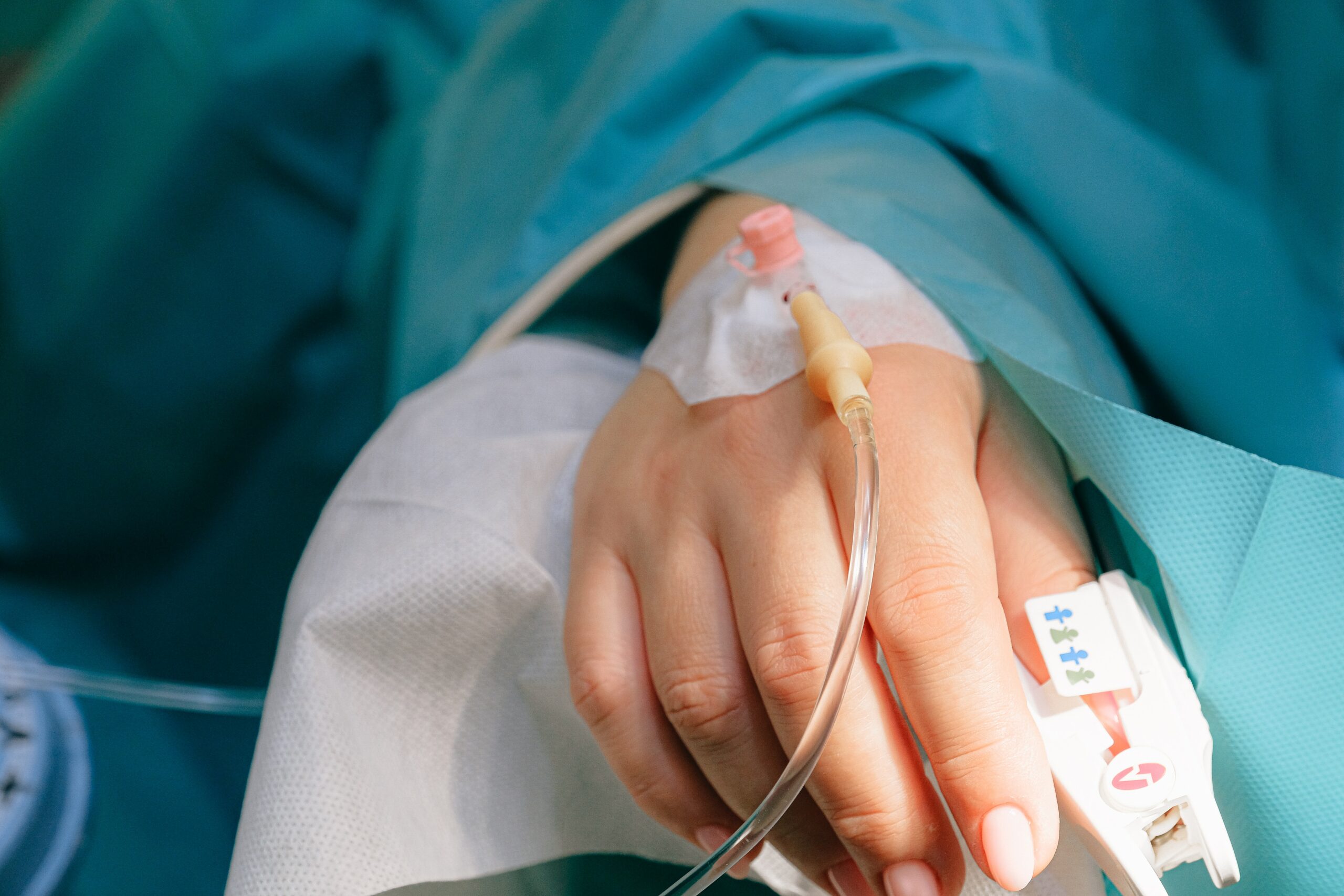
👉 A medical aid scheme can deliver day-to-day benefits in a variety of ways:
Benefits that have separate limits
👉 Traditionally, medical plans provided coverage for your daily requirements, but there were distinct limits for each type of medical spending. A few medical aid schemes still provide their day-to-day advantages in this manner.
👉 For example, there will be separate spending restrictions for GP appointments, optometrist consultations, glasses frames and lenses, basic dentistry, and pharmaceuticals.
👉 Many plans have an overall daily limit as well as sub-limits for each sort of benefit, and exceeding either of these would require you to pay additional charges out of your own money.
👉 Your plan may limit the rate at which practitioners, such as GPs or specialists, are paid. Some schemes pay medical scheme rates, which are based on tariffs in the National Health Reference Price List published by the Council for Medical Schemes. Other programmes offer higher income.
👉 Some conventional medical aid schemes rely on formularies or pharmaceutical price lists, which are lists of approved medicines that are both safe and cost-effective for a variety of diseases. These listings frequently feature lower-cost generic copies of brand-name medications.
👉 Schemes that employ these lists or formularies will either only pay for medications on the list or limit coverage for that type of medicine to the cost of one on the list.
Network benefits
👉 Some medical plans provide you with limitless day-to-day benefits as long as you use a network of clinics, practitioners, or pharmacies.
👉 Different networks provide various services: Consultations with general practitioners; acute and chronic medicine; pathology; basic radiography (X-rays); basic optometry; basic dentistry; small procedures; mother and child health; and family planning may be covered by the network.
👉 Some plans solely employ networks for certain daily benefits, such as optical benefits.
👉 Before you join a medical programme that uses a network, make sure you understand what it covers, where the practitioners or clinics are situated – are they convenient – and that you are willing to utilise them instead of a doctor you have been visiting for years.
Medical savings accounts
👉 Many medical aid schemes no longer provide covered benefits for day-to-day expenses, and members are obliged to fund those charges through a medical savings account.
👉 This implies that a percentage of your payments are saved in a medical savings account for day-to-day medical expenses, and if your savings are insufficient to cover all of your expenses, you must pay the difference out of pocket.
👉 In other words, you assume the risk of not having enough money in the purse, as opposed to guaranteed benefits, where the scheme assumes the risk, albeit frequently only up to specific limits.
👉 If you do not use all of the money in your savings account, the remainder rolls over and can be used the following year.
👉 Some systems combine savings accounts with limited insured day-to-day benefits as a strategy to extend or supplement those limited benefits.
👉 According to the Medical Schemes Act, the maximum amount you can put into a savings account is 25% of your contributions. Most schemes allow you to contribute at various levels (starting at 10% of your contributions) and others will accept as little as R50 per month.
👉 However, keep in mind that if you only contribute R50 to your savings account each month, you will only have R600 to spend on day-to-day expenses for the entire year.
👉 Remember that the lesser your contributions, the less you can put into your savings account, and in many situations, the less expensive options provide fewer protected day-to-day benefits.
👉 When you leave a plan, the balance in your savings account must be paid to you or transferred to the savings account of your new scheme. However, schemes typically wait up to four months before paying you out to determine if there are any outstanding claims.
Advance access
👉 Some plans allow you to know in advance how much you will contribute to a medical savings account. Some schemes allow you to access the full amount you will contribute in a year at the start of the year, while others only allow you to access a portion of it.
👉 This can be useful if you have a lot of medical bills and have only recently begun contributing to a savings account.
👉 You will, however, owe the medical programme money if you use this credit and then leave the system before your contributions have reimbursed what you spent in advance. You should also be aware that certain plans charge interest on the funds advanced to you.
Threshold benefits
👉 Some medical aid schemes may include a “threshold” or “safety net.” This benefit ensures that you are not left without coverage if your savings account is depleted.
👉 In certain plans, you achieve the barrier after spending a certain amount of money, which is equal to the amount you put into your savings account. In others, there is a chasm between what you put into your savings account and the point at which the threshold benefit kicks in.
👉 However, you cannot simply rack up medical costs and then qualify for the threshold benefit; only claims for essential care, typically at medical system rates, are evaluated in determining whether or not you qualify for the above-threshold benefit.
👉 When you use the above-threshold benefits, your claims are typically reimbursed up to the medical scheme rates, subject to the scheme’s total non-hospital restrictions.
Self-managed benefits
👉 Many schemes offer a self-managed day-to-day benefit in an attempt to give you greater flexibility. There are no sub-limits; you can select the level of coverage you want, and the amount you pay towards that benefit roughly approaches the amount you can spend.
👉 These benefits function similarly to a medical savings account, with one major exception. The money you contribute to this benefit becomes part of the medical scheme’s risk pool, and if you do not utilise it each year, you forfeit it to your scheme. The account balance does not roll over.
👉 Many plans include a self-managed benefit in addition to a medical savings account. This is to accommodate members who find that the 25% contribution limit to their savings account is insufficient to support their day-to-day needs.
👉 Members are frequently urged to limit their contribution to the “use-it-or-lose-it” self-managed benefit to what they are relatively certain they will spend in a year, and to save the rest.
👉 These self-managed insured day-to-day benefits may be referred to as an annual routine benefit, a private fund, initial cover, or a savings plus benefit, depending on the scheme.
👉 You might consider adding GAP Cover. Read more about the Best Gap Cover Insurance under R300 per month
An example of day-to-day benefits: Momentum Health
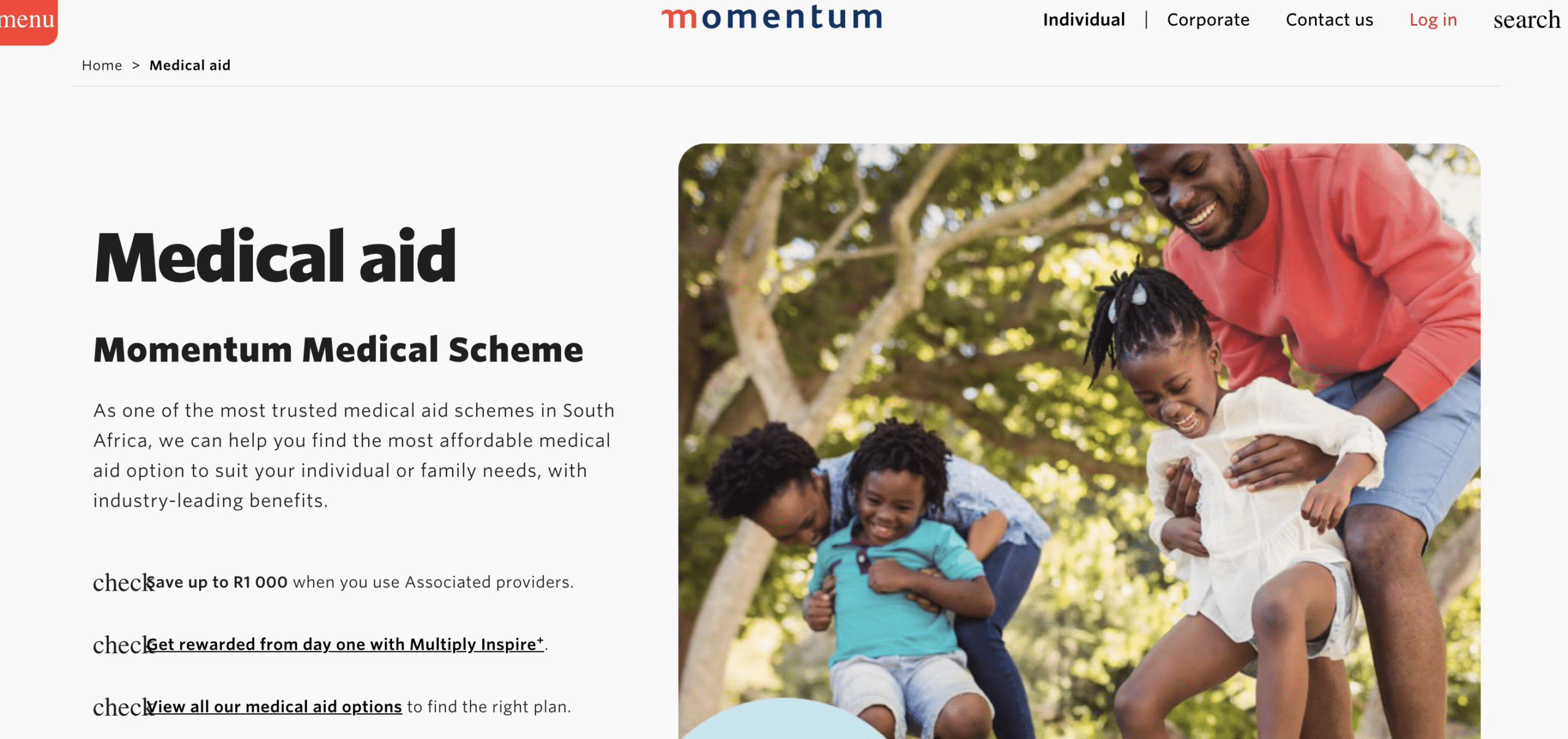
👉 This benefit covers routine medical expenses such as out-of-hospital doctor visits, vision care, dental, and prescription medication.
👉 When you have the flu and visit your General Practitioner (GP), the doctor is compensated using your Day-to-Day Benefits. The same is true for visits to your dentist and optician. This benefit also covers prescribed and over-the-counter medications, x-rays, and much more.
👉 The day-to-day benefits from Momentum Health vary based on the medical aid package you choose. Take a peek at what each of the plans includes below.
Ingwe Option
👉 On the Ingwe Option, your daily services are provided by Ingwe Primary Care Networkget_app or Ingwe Active Networkget_app providers. You have unlimited GP appointments (pre-authorization is required after the 11th visit), basic eye care and dental, prescribed medicine, and specialist visits.
Evolve Option
👉 The Evolve Option offers two virtual consultations each year from the GP Virtual Consultation Network, which includes Hello Doctor. Momentum’s voluntary HealthSaver+ account can be used to finance additional day-to-day healthcare expenses such as additional GP visits, optometrist, dental, and specialists.
Custom Option
👉 Momentum’s voluntary HealthSaver account can be used to cover day-to-day healthcare expenses such as GP visits, optometrist, dentistry, and specialists under the Custom Option. You can also pay for these costs out of your own money.
Incentive Option
👉 The Incentive Option directs 10% of your entire contribution to a Medical Savings account. This is paid in advance for the entire year, with any unused monies carried forward to the following year.
👉 Once your medical funds are spent, you will have to pay for day-to-day expenses such as GP visits and dental out of pocket. You can also utilise Momentum’s volunteer HealthSaver account to save and pay for these costs.
Extender Option
👉 The Extender Option directs 25% of your total contribution to a Medical Savings account, which can be used to pay day-to-day healthcare expenses such as GP visits, dental, and specialists. This is paid in advance for the entire year, with any unused monies carried forward to the following year.
Summit Option
👉 Day-to-day claims on the Summit Option are paid at 100% of the Momentum Medical Scheme Rate, subject to specified sub-limits. For 2024, the overall daily limit is R29 700 per beneficiary.
Frequently Asked Questions
What are day-to-day benefits in a medical aid scheme?
Day-to-day benefits refers to the financial assistance given to members for normal medical costs and services. These benefits are intended to help them with the costs of their routine medical requirements, such as doctor visits, prescription medicine, specialist appointments, dental work, eye exams, and other outpatient care.
Can I claim for over-the-counter medications as part of day-to-day benefits?
The exact policies and coverage of the medical aid plan determine whether or not over-the-counter medications can be claimed as part of daily benefits.
Are there limits on the amount I can claim for day-to-day benefits?
Yes, the amount that can be claimed for daily benefits is often subject to limits or caps under medical aid plans.
Do day-to-day benefits cover preventive screenings and vaccinations?
Yes, there are medical aid programs that dp include coverage for routine immunizations and screenings as a part of their regular benefits.
Can I use day-to-day benefits for alternative or complementary therapies?
Alternative or complementary therapies are included by several medical aid programs as part of their standard benefits. But different programs and schemes may cover different therapies and have different levels of coverage. To determine the level of coverage for alternative therapies, it is crucial to check the terms and conditions of the medical aid plan.

